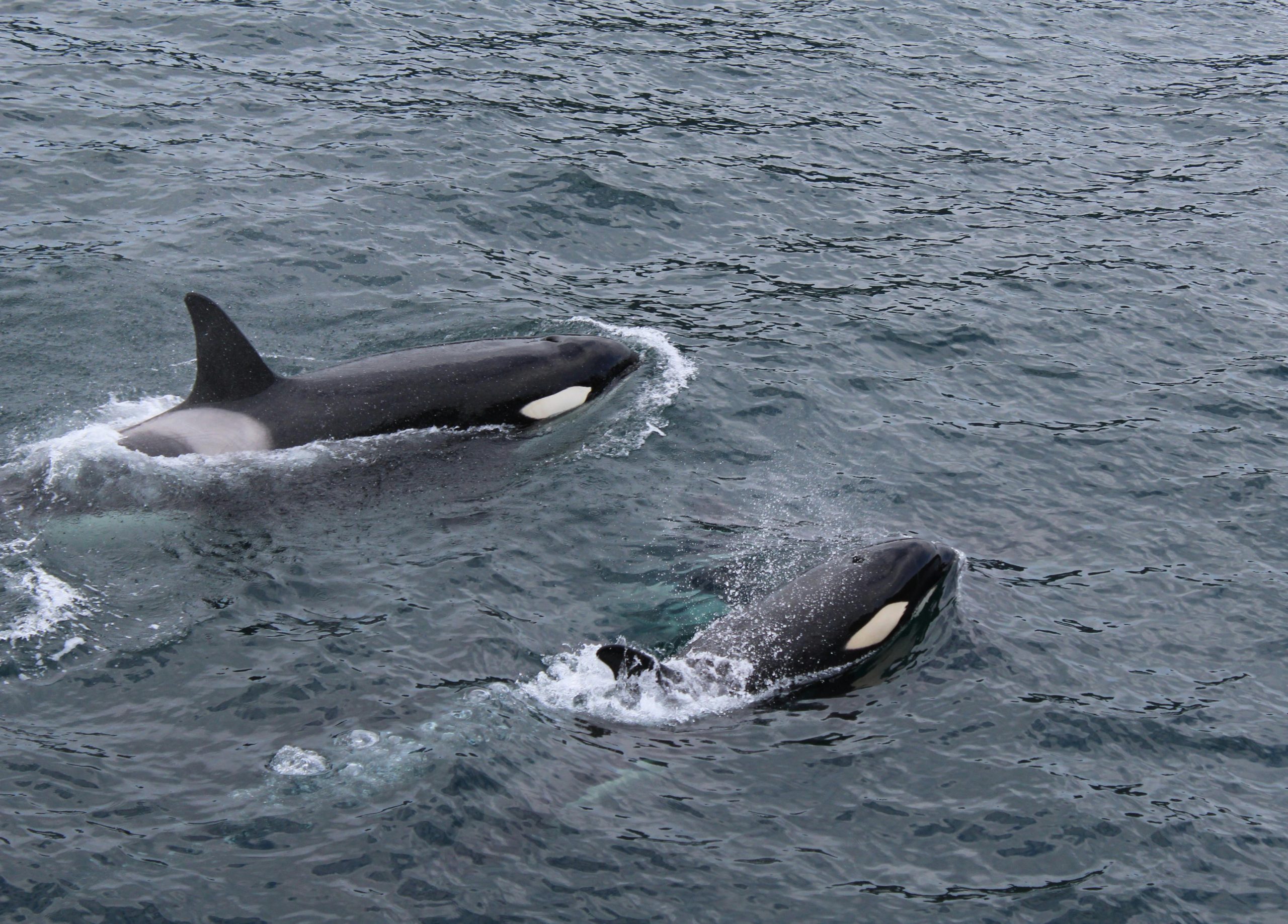Humpback Whales: A Surprising Attempt at Communication with Humans
In a remarkable intersection of marine biology and linguistics, scientists have recently uncovered intriguing evidence suggesting that Humpback Whales—known for their majestic presence and haunting melodies—may be attempting to communicate with humans. This astonishing revelation has sparked excitement and curiosity within the scientific community, further deepening our understanding of these magnificent creatures.
The Call of the Wild
Humpback Whales are famous for their complex songs, which can be heard over vast distances in the ocean. These lengthy vocalizations, often lasting for hours, serve various purposes such as attracting mates, establishing territory, and even social interaction among pods. However, new research indicates that these vocal patterns may be more than mere songs; they might encompass a form of communication that reaches beyond their kind.
Scientists have been studying the acoustic behavior of Humpback Whales for decades. Recently, observations have shown that certain patterns in their songs could align with human responses, almost as if these intelligent beings are attempting to bridge the gap between species. This suggests that Humpback Whales might not only be singing for their own reasons but are also possibly seeking to engage with us.
The Science Behind the Sounds
The research team utilized advanced underwater recording equipment to analyze the vocalizations of Humpback Whales in various environments, from bustling feeding grounds to tranquil breeding areas. They discovered that these whales adjust their songs in response to nearby vessels and human sounds, making it conceivable that they are adapting their communication style to connect with us.
This finding raises compelling questions about the cognitive and social capabilities of these whales. Could they be aware of our presence and attempting to understand us? The idea that such a majestic species is looking to initiate a conversation with humanity is both fascinating and humbling.
Implications for Conservation
Understanding that Humpback Whales may be trying to communicate offers profound implications for their conservation. As we learn more about their vocalizations and social structures, we can better assess the impact of human activity on their environment. This insight can guide efforts towards creating safer ocean habitats and promoting sustainable practices to ensure that these incredible creatures thrive alongside us.
Moreover, fostering a deeper connection with Humpback Whales could also enhance public awareness regarding ocean conservation. As we unveil the mysteries of their communication, we are reminded of the shared responsibility we have for the well-being of the world’s oceans.
Conclusion
The prospect that Humpback Whales might be



